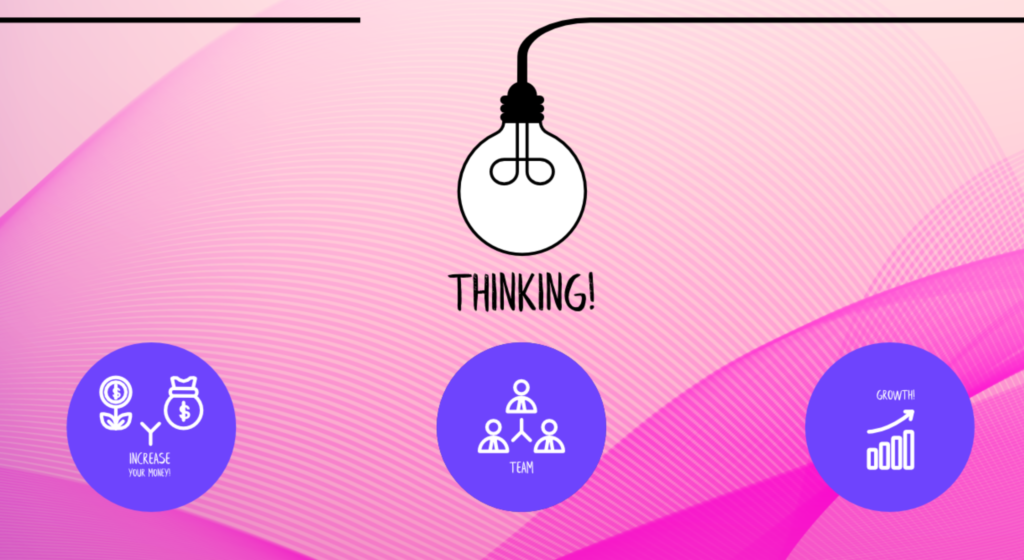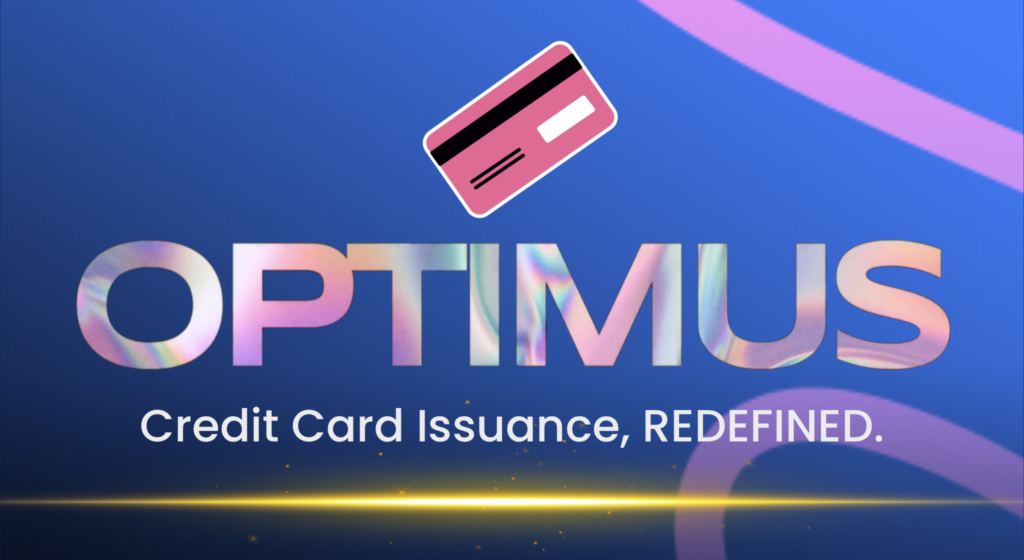Design Thinking in Credit Card Stack Development: Creating User-Centric Experiences

Home / Blogs Table of contents Introduction 1. Empowering Credit Card Issuance 2. Modular Flexibility 3. Highly Configurable 4. Delivering a Fintech-Like User Experience 5. Rapid Implementation and Seamless Integration 6. Rule-Based Operations: Ensuring Compliance and Personalisation 7. Leveraging ML/AI for Real-Time Actions 8. Future Compatibility and Innovation Conclusion In today’s rapidly […]
CARD91 introduces Optimus – Credit Card Issuance: REDEFINED

Home / Blogs Table of contents Introduction Regulatory Compliance and Modernity Configurable Credit Programs Customised Rewards Digital-First Approach Conclusion In today’s ever-evolving financial landscape, optimising credit card management processes is imperative for sustained growth and regulatory compliance. That’s why I’m excited to introduce Optimus – an advanced credit card tech stack meticulously developed by CARD91. […]
Unveiling the Potential of Credit Cards on UPI: Redefining Convenience and Reach

Home / Blogs Table of contents Introduction How Credit Cards and UPI Work Together The Impact: Making Payments Accessible to All How Credit Cards on UPI are Changing the Game Focus on User Experience Conclusion In the fast-changing world of digital payments, a novel payment method – Credit Card on UPI (Unified Payments […]



